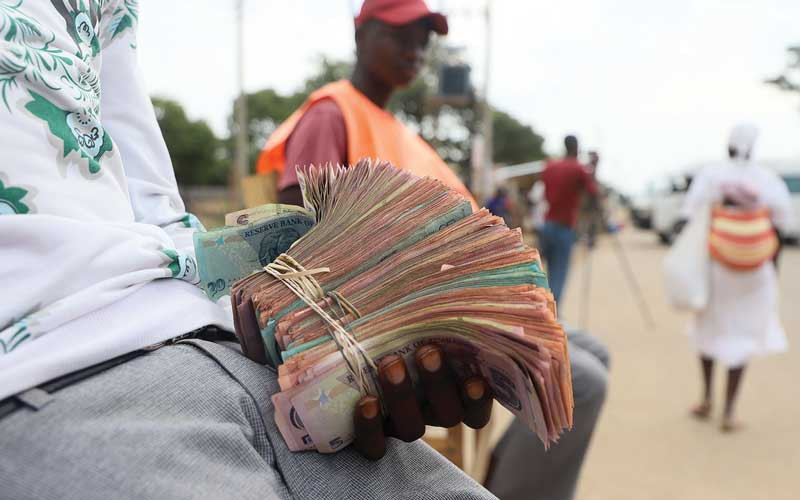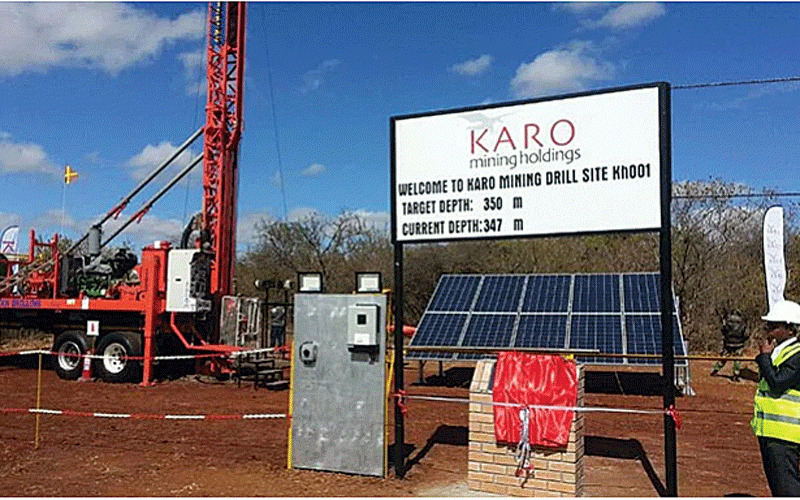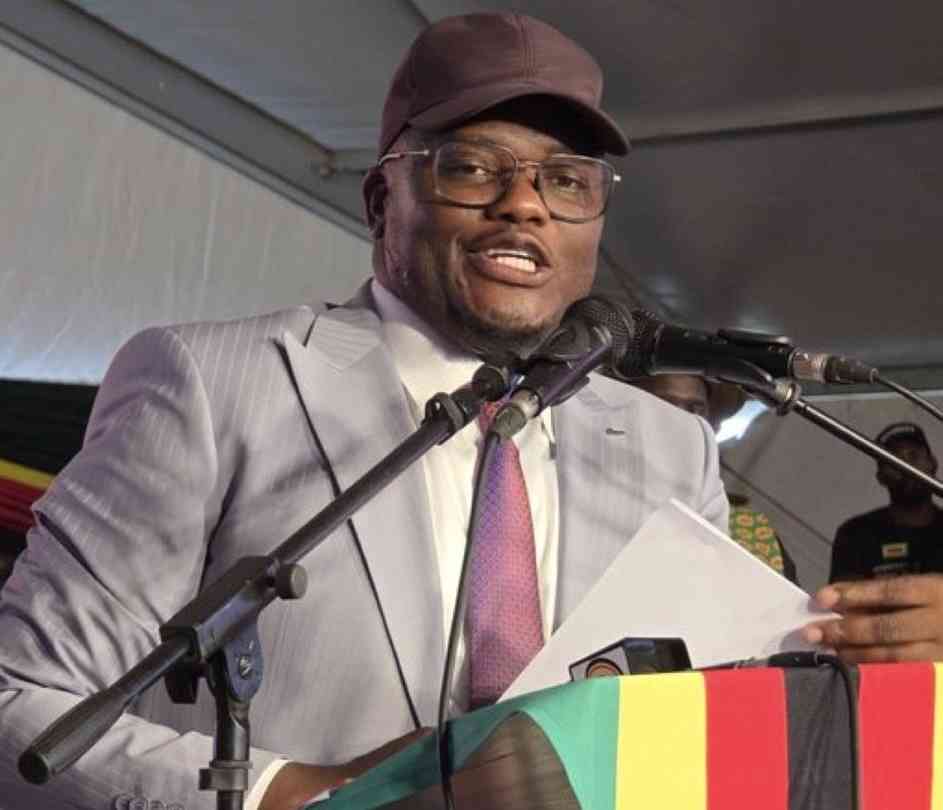
THE Zimbabwe dollar’s continued depreciation against the United States dollar has made the macroeconomic climate “volatile”, amid an over 30% fall of the Zimbabwe dollar against the greenback this year, a report has revealed.
According to a macroeconomic update by the United States Agency for International Development’s (USAid) food security arm, the local currency continues to weaken in formal and informal markets.
As of Wednesday, US$1 fetched $907,92 formally and $1 200 informally.
“The macroeconomic situation continues to be volatile as marked by the continued depreciation of the local currency in formal and informal markets following relatively short-lived stability towards the end of 2022,” USAid’s food security, the Famine Early Warning Systems Network (FewsNet) said in the update.
“Parallel market rates have increased by nearly 30% since the end of December 2022, trading as high as 1,200 ZWL/USD by the end of February.
“In late February, the official auction system rate has seen a 13% rise since late January and is trading at 882 ZWL/USD.”
The report noted that the interbank rate, which is commonly used with up to a 10% allowable increase for transactions, has also risen by about 15% from the end of January to $972 at the end of February.
This depreciation has led to the cost of living increasing marginally and continues to be very high, continuing to impose food access challenges, particularly for poorer households.
- Feature: The inevitable return of the greenback
- Econet introduces ‘Smart US Dollar bundles’
- Rampaging inflation hits Old Mutual . . . giant slips to $9 billion loss after tax
- Monetary measures spur exchange rate stability: RBZ
Keep Reading
“According to the World Bank, Zimbabwe had the highest year-on-year real food inflation (ZWL) globally at 121% in January,” FewsNet said.
“Additionally, Zimstat’s eighth round Rapid Poverty, Income, Consumption and Expenditure Survey (Pices) report published in January 2023, using data collected in July and August 2022, indicates that 78 percent of food purchase transactions were conducted in foreign currency.”
Rising fuel prices and recurrent power cuts are also adding extra pressure to incomes and household expenses.
The Zimbabwe dollar’s depreciation is increasingly leading businesses, and even government, to turn to the greenback.
Reserve Bank of Zimbabwe governor John Mangudya last week rejected market demands to fully dollarise citing foreign currency shortages.
“Zimbabwe has officially adopted the partial dollarisation system, allowing foreign currency as a medium of exchange alongside the Zimbabwe dollar,” Mangudya said.
“As such, the debate should not be on dollarisation or de-dollarisation, but whether the obtaining mix between the US$ and Zimbabwe dollar is optimal and workable during the period of NDS1 (National Development Strategy 1).”
The central bank boss said there were tools that could be used to measure dollarisation.
The first is reviewing the balance sheet's foreign currency assets and liabilities, forex deposits in the money supply, and foreign currency loans to total loans, which should be about 66%.
Real/transactional dollarisation is the second, which compares domestic foreign currency expenditures to total expenditures that should be 70%.
Mangudya said there was an absence of both benchmarks in the market and as such he was opposed to full dollarisation.
“The bank is comfortable with the current dual currency system and will do whatever it takes to sustain it until there is durable stability necessary to support the significant use of the local currency in the economy,” he said.










